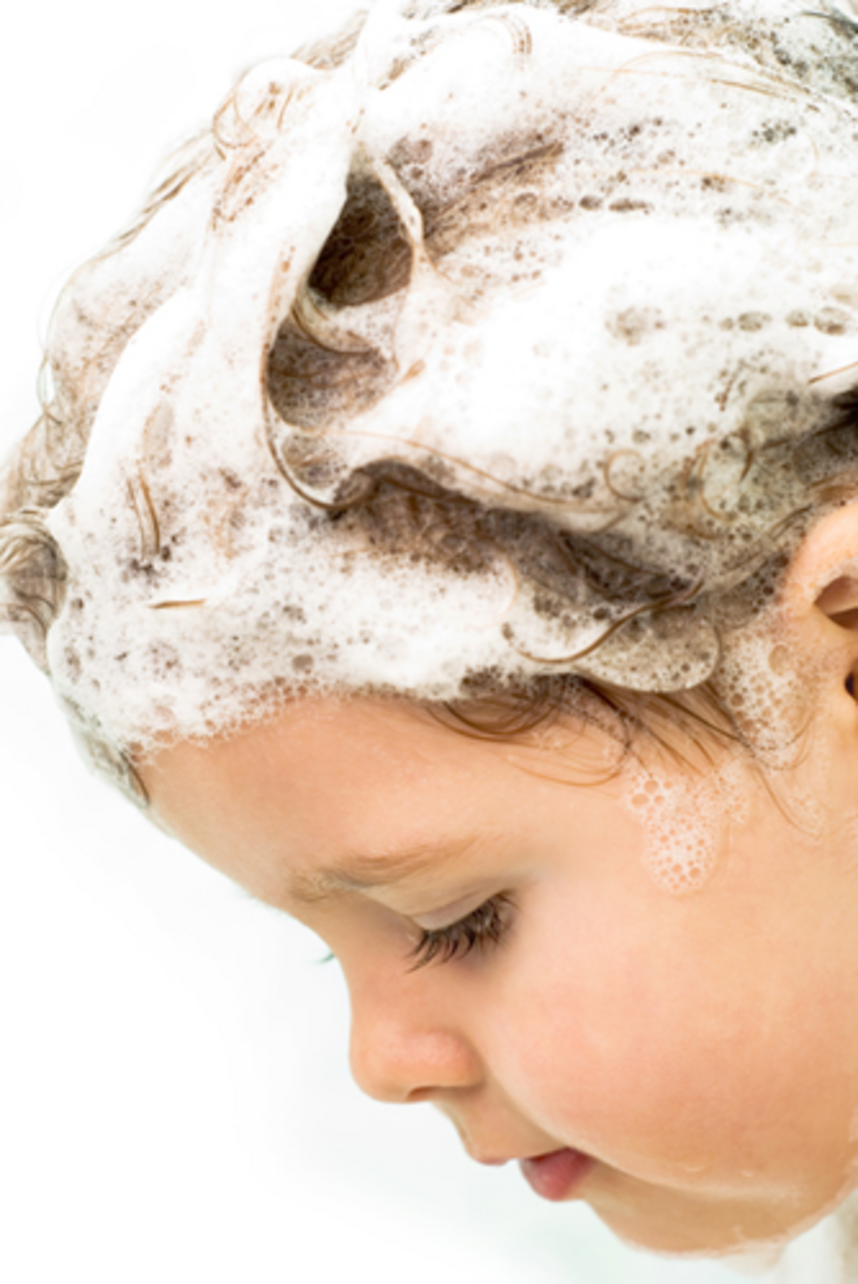Common Formaldehyde Releasers
Formaldehyde releasers are used as an antimicrobial/antifungal preservative in cosmetics and hair care products. Formaldehyde releasing preservatives are also known allergens and sensitizers. The seven most commonly used formaldehyde releasers to avoid are:
DMDM hydantoin
Imidazolidinyl urea
Diazolidinyl urea
Quaternium-15
Bronopol
5-Bromo-5-nitro-1,3-dioxane
Sodium hydroxymethylglycinate
2015 Allergen of the Year
Formaldehyde is a known carcinogen (can be cancer causing) and was named the ‘2015 Allergen of the Year’ by the American Contact Dermatitis Society. It has been shown that formaldehyde may have dangerous health effects to the human body, even at low levels of exposure. Because of these concerns, most manufacturers have pulled it from their product formulations. Still, consumers demand affordable products with a prolonged shelf life. Manufacturers use substitute preservatives such as formaldehyde releasers because they are economical and readily available. They act like a time-released preservative as the product sits on a store or bathroom shelf. They are also known to be irritating to sensitive skin.
Using a single product with a formaldehyde releasing preservative may not be a big health risk, but that product might not be the only source of exposure. Many products that we use on a daily basis contain these ingredients.
Read the Ingredient Label
If you need, or want, to avoid formaldehyde releasing preservatives in your cosmetic hair care or cleaning products, or you think you have a formaldehyde skin allergy, read the label. Ingredients can be listed under multiple names so educate yourself, know what to look for. More information on common chemical irritants is available on our website.
Finding skin and hair products that are free of common chemical irritants can be difficult as labels can be misleading. Check out our skin and hair care products for sensitive skin. Our entire line is free of dyes, fragrance, masking fragrance, lanolin, parabens, and formaldehyde releasing preservatives.
